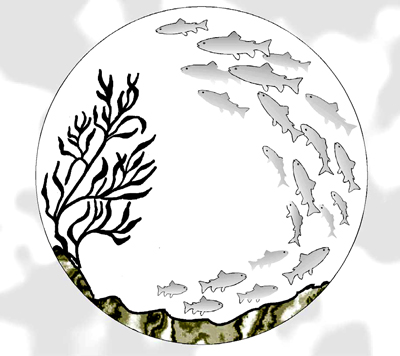 The Magnuson-Stevens Fishery Conservation and Management Act is the primary law governing marine fisheries management in United States federal waters, which extend 200 miles from shore. The Act was first enacted in 1976 and amended in 1996 and 2006. Most notably, the Magnuson-Stevens Act aided in the development of the domestic fishing industry by phasing out foreign fishing.
The Magnuson-Stevens Fishery Conservation and Management Act is the primary law governing marine fisheries management in United States federal waters, which extend 200 miles from shore. The Act was first enacted in 1976 and amended in 1996 and 2006. Most notably, the Magnuson-Stevens Act aided in the development of the domestic fishing industry by phasing out foreign fishing.
The law is named after Warren G. Magnuson (1905-1989), a Democratic senator from Washington from 1944 to 1981, and Ted Stevens, Republican senator from Alaska from 1968 to 2009.
To manage the fisheries and promote conservation, the Act created eight regional fishery management councils. Florida is part of the South Atlantic Council, which stretches along 1,100 miles of coastline from the Outer Banks of North Carolina to the tropical waters off the Florida Keys.
The law requires the National Marine Fisheries Service and regional fishery management councils to prevent overfishing and achieve, on an continuing basis, the optimum yield for federally managed fish stocks. These mandates are intended to ensure fishery resources are managed for the greatest overall benefit to the nation, particularly with respect to providing food production and recreational opportunities, and protected marine ecosystems.
To further this goal, the Magnuson-Stevens Act requires fishery managers to specify their strategy to rebuild overfished stocks to a sustainable level within a certain time frame, and to minimize bycatch and bycatch mortality to the extent practicable.
The 1996 amendments to the law focused on rebuilding overfished fisheries, protecting essential fish habitat, and reducing bycatch.
The law’s complete 2007 version is available here.
Sources: Federal Register, South Atlantic Fishery Management Council.




























Leave a Reply